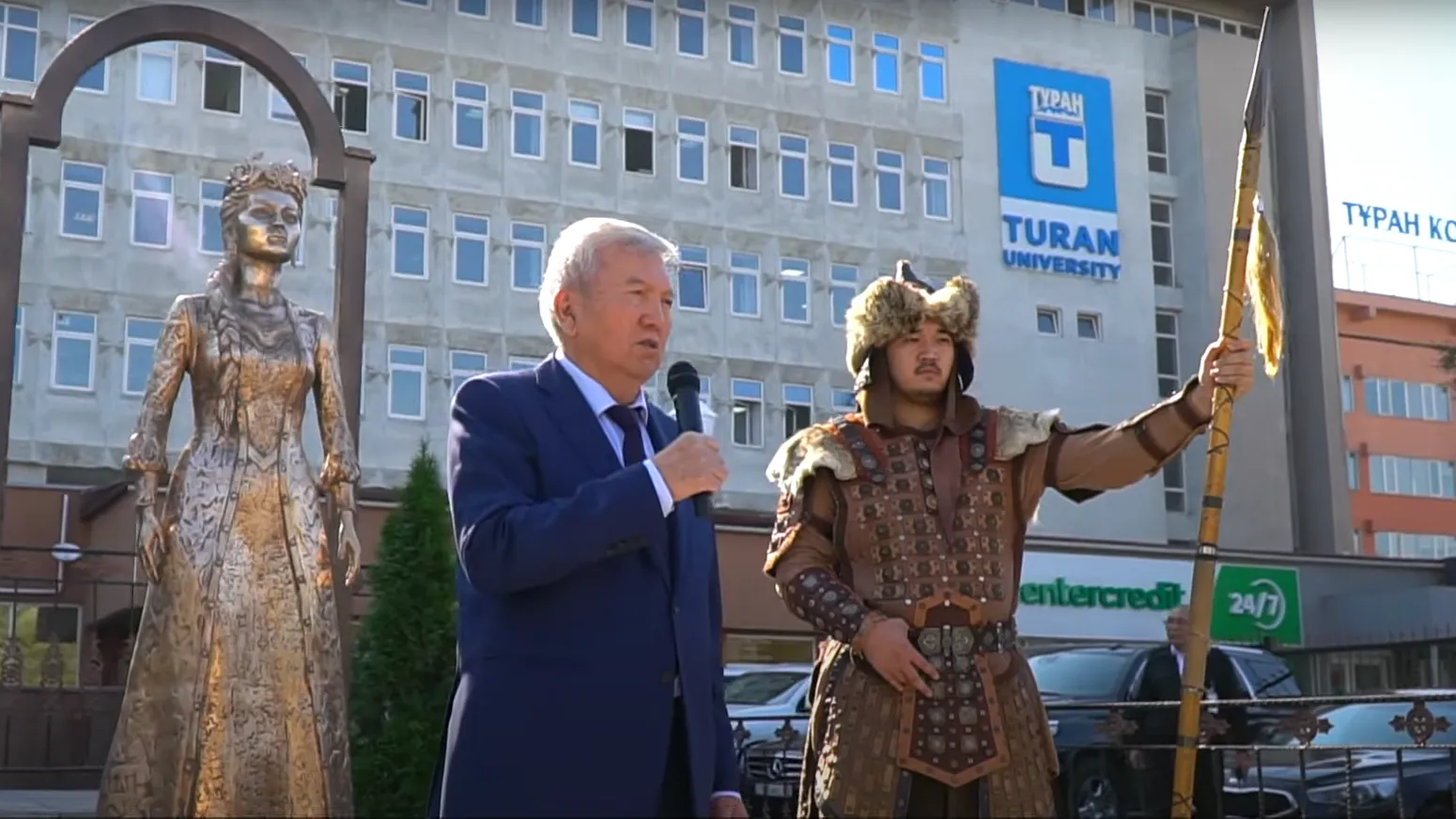Turandot

Turandot is a composite image of the women from the ancient land of Turan, characterized not only by their intellect but also by many other traits and qualities that make this image quite appealing: from the brave and strong warrior, ready at any moment to defend her land, to the moon-like, calm, and nurturing wife, mother, and keeper of the hearth.
History provides numerous examples of how European explorers and others were inspired by these images and the very atmosphere and culture of the East. The name Turandot appears in the “One Thousand and One Days” collection, published in five volumes from 1710 to 1712. Its author was the French Orientalist François Pétis de la Croix. In the introduction to this edition, he wrote that in 1675, the original Persian manuscript was handed to him by the Isfahan dervish Mokles (Moclès, or Mukhlis).
Thus, François Pétis de la Croix adapted stories from various sources in his work, which was inspired by Eastern traditions. It is not a direct translation of any single original text. For example, among these texts was the poem “Seven Beauties” by Azerbaijani poet Abu Muḥammad Ilyas ibn Yusuf, known by the pen name Niẓāmī Ganjavī (1141–1209).
The version by Italian playwright Carlo Gozzi became a play created in 1762. Princess Turandot embodies the ideals of beauty, femininity, and unattainability, as well as defiance. She presents a harsh condition to her suitors: to solve three complex riddles. Her behavior is driven not so much by pride or arrogance, but by a deep-seated desire to be united with a man who can win her over with his intellect, nobility, and generosity of spirit, someone who is her equal.
The legend of Turandot has transformed into a creative interpretation of various stories from different eras, rooted in Eastern legends about the beauties of Turan.
So, who is she?
We strive for the truth through a challenging journey, exploring history, primary sources, traditions, and legends, separating facts from artistic fiction.
In contemporary interpretations, the image of Turandot presents a new paradigm of meanings that resonate with our university’s mission: “Culture, education, and science for the benefit of society.”
Today, TURANdot represents a part of global history and space for us: a meeting point of cultures, science, creative industries, and communications in the digital world.
Culture. We observe the formation of the cultural and academic identity of all participants in the educational process through the idea of a deeper immersion in historical context, meticulous study of heritage and cultural codes, and the need for continuous development by understanding our roots in the present and their projection into the future. After all, history always evolves in a spiral. We associate this with the new brand of “Turandot” as a symbol of awareness, fulfillment, diversity, and self-improvement.
Education and science. Turandot embodies the intellect and the power of knowledge in action. Her riddles demand wisdom and detailed understanding of the situation within its context, as well as flexibility and originality in problem-solving approaches. This aligns with the challenges faced by university students and their academic achievements. The era of uncertainty and constant change motivates the continual updating of existing knowledge, the use of interdisciplinary approaches, and the leveraging of synergistic effects.
Student life. Young people, like the suitors of Turandot, face numerous challenges and learn to solve complex problems on their own. They must demonstrate perseverance and the ability to navigate difficult questions in order to gain experience, achieve results, and reach their goals.
Youth is characterized by energy, a desire for the new, and the exploration of the unknown—an attempt to understand and find oneself. Prince Calaf, who ultimately solves Turandot’s riddles, embodies the young person willing to overcome any obstacles for the sake of his dreams.
After all, peaks are conquered by those who believe in themselves and strive for success!
According to legend, Princess Turandot represents the symbol of free will, wisdom, and strength of spirit. Recognizing the power of our ancestors embodied in this composite image gives us hope and belief that Turandot will become a true patroness of students. To feel her support and inspiration, one must perform a ritual – rub her shoe several times while envisioning a moment of personal success. But there’s a secret: the princess is inclined to help those who work diligently every day. If you dedicate your time and efforts to learning and self-development, and you know exactly what you want, then luck will always accompany you through the toughest exams and challenges of life!
After successfully overcoming all challenges, don’t forget to thank Turandot for her kindness and support – look into her eyes and sincerely say: “Rakhmet!”
As descendants of Turan, we hope that these simple, yet meaningful actions will become a good tradition, embodying the spiritual message of faith in our own strengths, in all that is good, and in the protection of our native land and ancestors, of whom Turandot is the embodiment.
Our hearts are filled with hope that this sculpture of the proud daughter of the Great Steppe will add even more charm and uniqueness to the beautiful city of Almaty, becoming its new unique landmark—a place where young people can unite in their quest for enlightenment and creativity.


